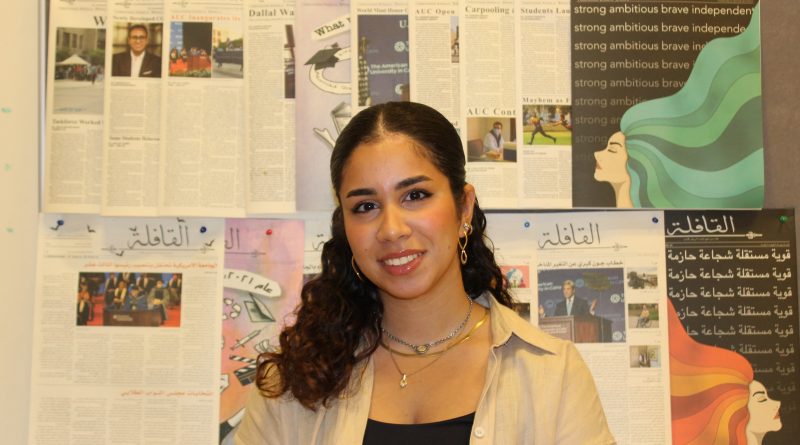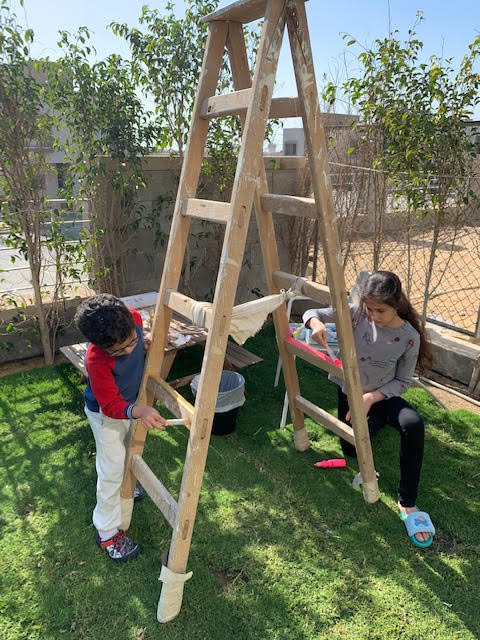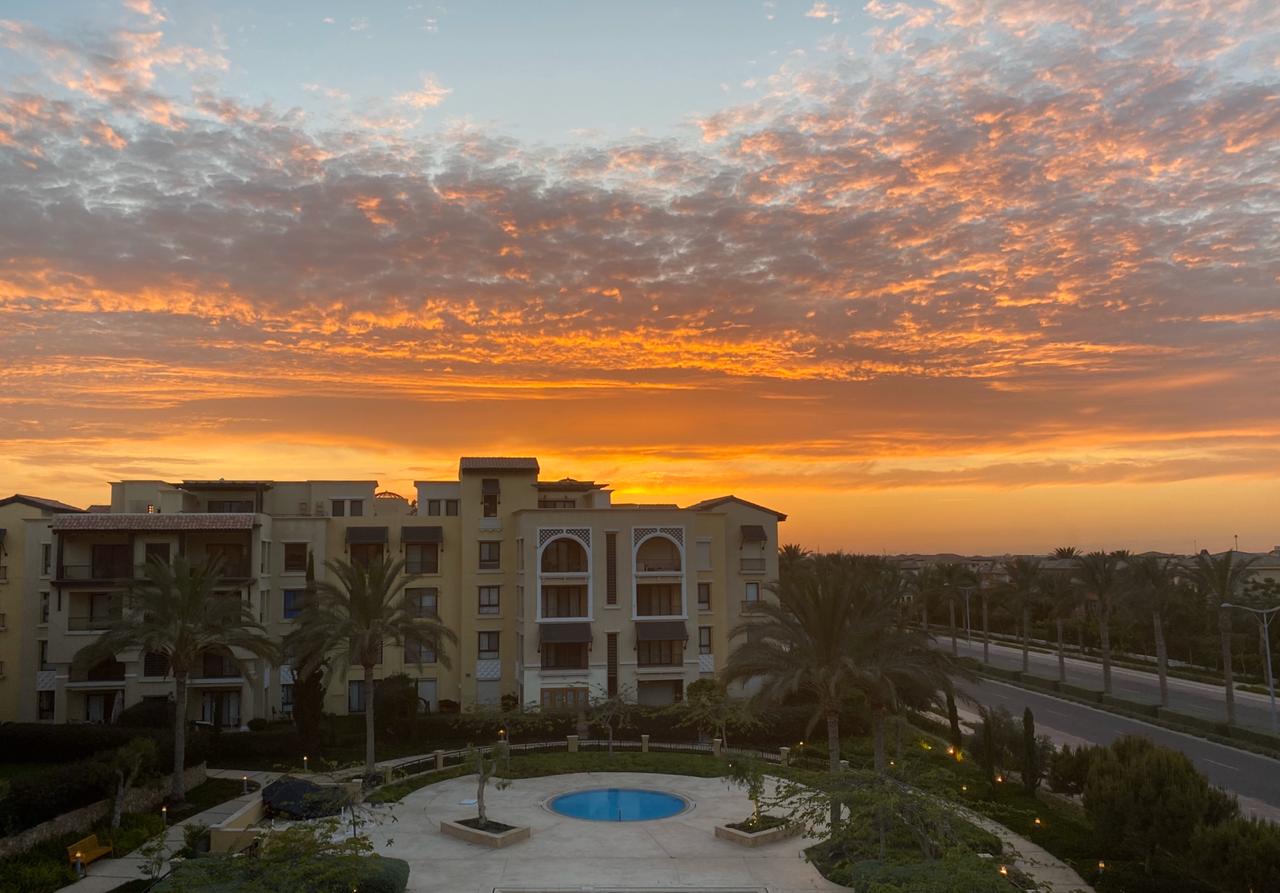Art: Witness To Global Rebellion
By: Salma Abouelwafa. English Editor
Close your eyes and think of rebellion. I bet all images that will come to mind are mighty protests framed in photographs, conquerors immortalized by the hands of the Greeks, and paintings whose rhythm tell stories of terror and conflict.
Despite the physical nature of all human creations, we can’t help but project our raw humanity into them.
We write novels and poems to protest our feelings of loss, love, pain, and all the intertwined thoughts that only the pen can detangle. We sing songs and chants to protest God or preach to Him. We take pictures to forever engrave historical moments
in our future. Think of the Arab Spring revolutions, the war in Ukraine, or the Syrian Civil War. We will always recall what came out of these events. The poetry, photos, and paintings all tell their stories.
And as grand as some causes sound, people still protest smaller things in life. This very act of writing is my own weapon of rebellion. I rebel against myself and my fear of confrontation. I write to speak, express, and scream frustration about myself and the world. I lace my anger with metaphors and similes, my admiration with rhythms and beats, and my pain with the sharpness of short sentences.
Art is not limited by laws or rules. It has no wrongs or rights. You not only have full creative liberty but absolute freedom in all thoughts and expressions. The human mind is undoubtedly fascinating in its unlimited creativity. The number of daily thoughts that comes to one’s mind, where some of those thoughts turn into ideas, and from those ideas, creations are born, and from those creations comes change that is absolutely astounding. That is why I believe it holds the power it does.
If art was, in fact, created to simply document lives, then it did in the most complicated and fascinating ways. Our lives are a merger of emotions, actions, and reactions.
And through our evolution, we learned that rather than screaming into an empty cave, we create. And in time, art became the single source of rebellion that will forever stand in the face of time. People come and go, but what they leave behind influences and inspires us in many ways. We create things for people to see, read, hear, and experience.
One of the most prominent forms of art activism is graffiti. One might think that graffiti started in 1970 New York, but cavemen drew on the walls and the Romans wrote their protest poems on buildings.
Post the 2011 revolution, the walls of Cairo became filled with street art. From graffiti and chants to portraits of the martyrs, artists and activists used Cairo as an open field for expression. The iconic street art, “Tank vs. Bike,” for example, was placed under the 6th October Bridge by the artist Ganzeer in response to the series of events that took place after the Arab Spring. “… this very wall has become a battlefield for graffiti artists in Cairo, anti-regime activists on one side, adding onto the mural, calling for another 25th of January and denouncing military rule, and pro-army military loyalists, erasing the anti-military additions and leaving pro-regime comments.
So even though the mural was destroyed by the various attacks and counter attacks of self-announced artists, it still shows us that artivism is a force to be reckoned with,” wrote Laura Scheriau, M.A. in Linguistics and Comparative Literature Studies, in Notes on Visual Artivism and Acts of Rebellion.
It makes sense now that for centuries books were burned, statues were destroyed, and paintings lost in the ruins of occupations. They are the witnesses of what we are and what we will become. They narrate the past and predict our future. They tell stories of our core characteristics.
Art is more than documentation; art is preserving humanity in which life has become.




